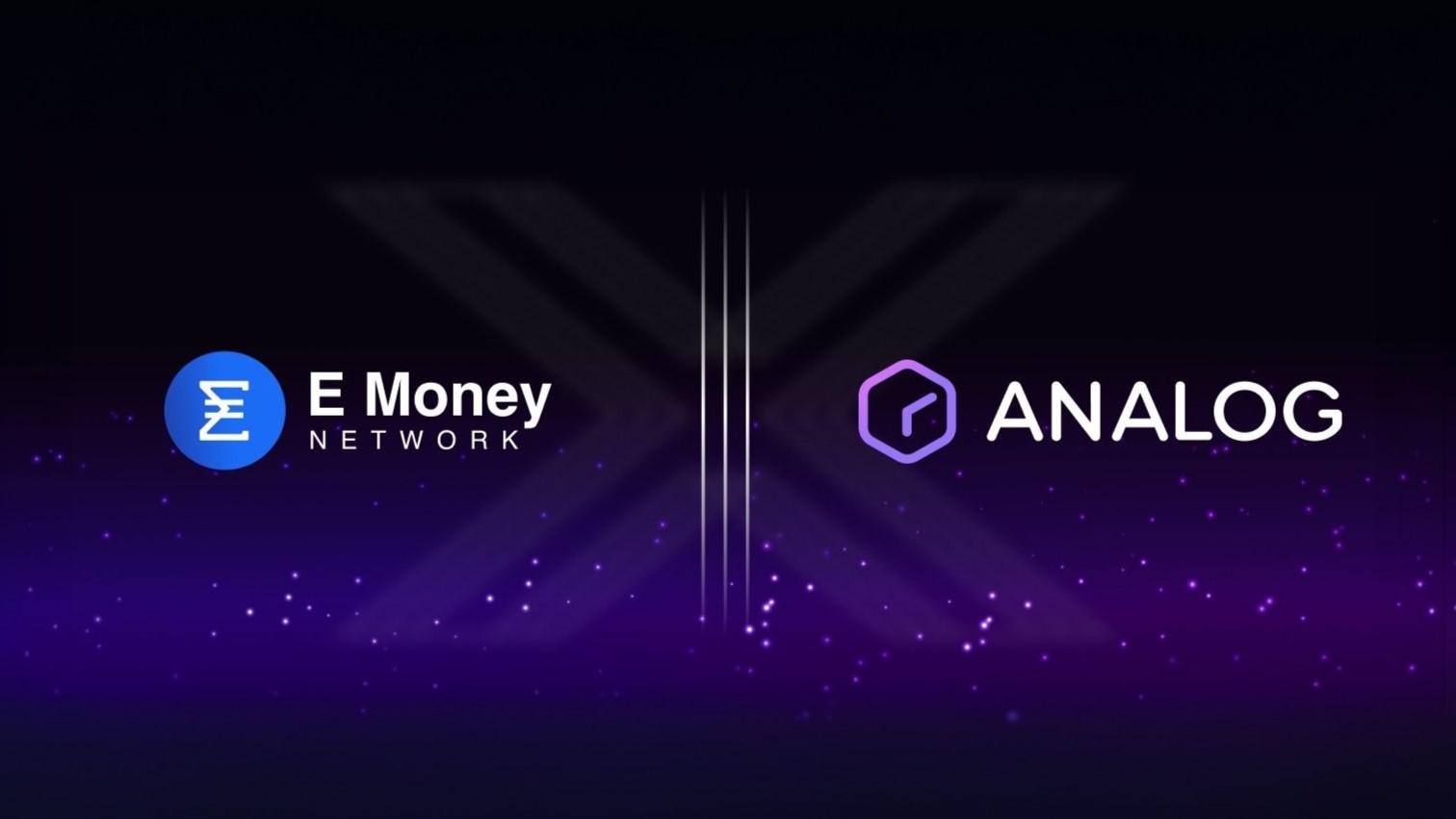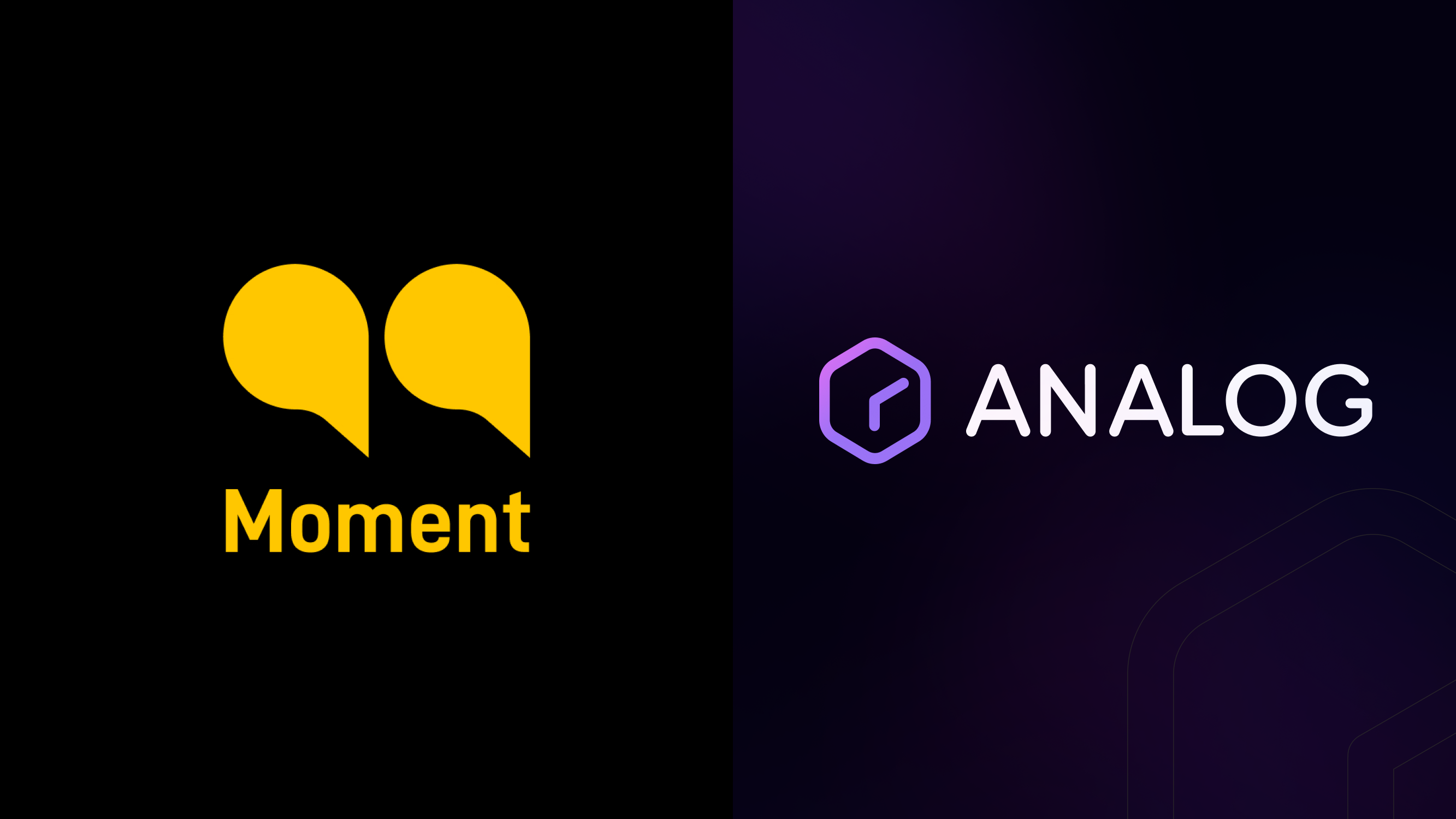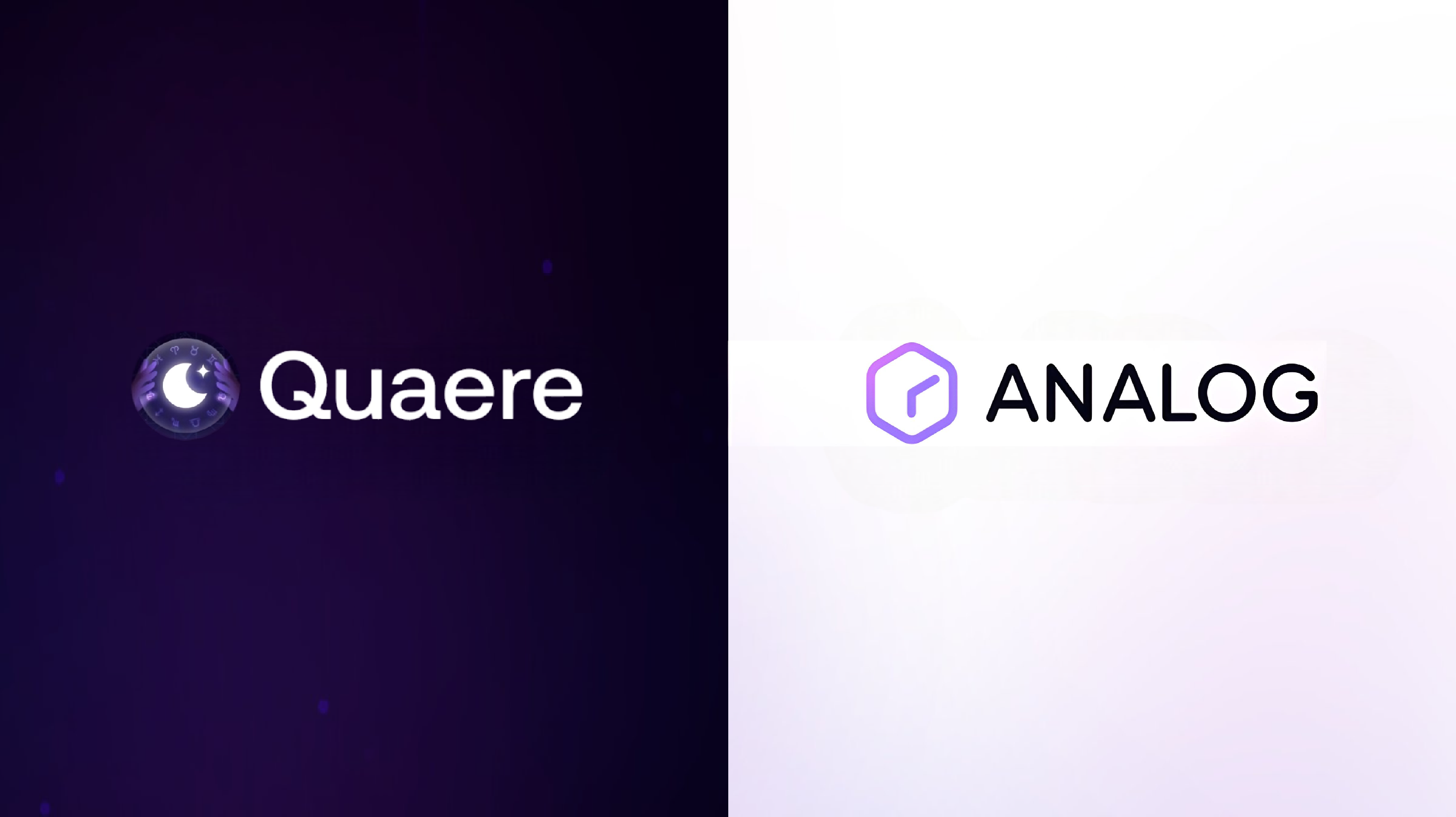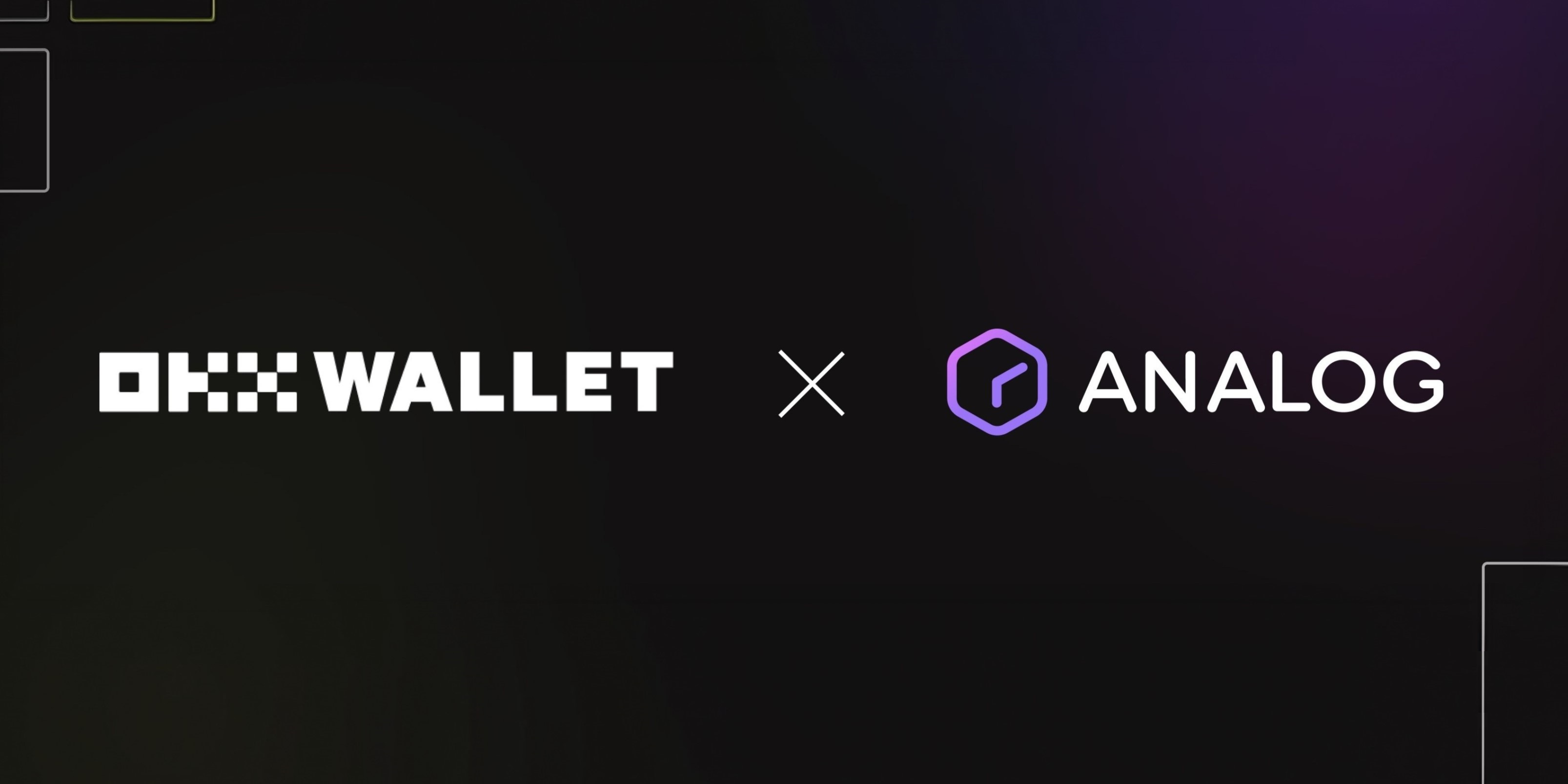
DeFi is stuck. Liquidity is scattered, transactions are slow, and moving assets between blockchains is a nightmare. If we want DeFi to truly compete with TradFi, it needs to be seamless, borderless, and easy to use. That’s exactly we teamed up with @emoney_network to fix these inefficiencies and bring DeFi closer to the mainstream.
As we know, DeFi has a fragmentation problem: liquidity is stuck on different chains, capital isn’t being used efficiently, and moving assets is still a slow, clunky process.
If we want DeFi to compete with TradFi, it needs to be open, borderless, and seamless. This is why we believe a liquidity hub, one that connects liquidity pools across chains, can bring us closer to this vision of a borderless and efficient DeFi ecosystem.
Our goal in this article is to revisit our collaboration with @emoney_network and dive into how it's bringing us closer to a more unified DeFi ecosystem.
Let's get started.
E Money’s Breakthroughs: Their $EMYC Token Crypto Credit Card
E Money Network is making waves in DeFi with major milestones that are set to change how users interact with crypto. With the successful listing of its $EMYC token, the project is gaining serious momentum and pushing DeFi closer to the mainstream.
But the real game changer has been their E Money Credit Card. This gives users the ability to spend their crypto without selling it first. No more converting to stablecoins, swapping assets, or dealing with centralized exchanges. With this card, you can spend your crypto directly—without selling it. Whether it’s stablecoins or other digital assets, you can tap, swipe, and go, bringing real-world utility to Web3.
And with their MiCA-compliant wallet, on-chain credit scoring, and cross-chain compatibility, E Money Network is not just keeping up with DeFi innovation—it’s setting new standards for usability, compliance, and accessibility.
The Future We’re Building Together
Analog and E Money Network are working to create a seamless, borderless DeFi ecosystem where assets and liquidity can move freely across blockchains. With E Money’s multi-chain wallet and Analog’s cross-chain tech, users and institutions will have more ways to interact with DeFi without the usual limitations.
At the heart of this vision, Analog’s Threshold Signature Scheme (TSS) and Timechain technology provide secure, decentralized cross-chain transactions—removing the need for centralized bridges or wrapped assets while keeping everything censorship-resistant and trustless. Combined with E Money’s MiCA-compliant wallet, this partnership creates a regulated yet open gateway that brings DeFi and TradFi closer together.
Beyond just moving assets, on-chain credit scoring and KYC-enabled wallets will transform borrowing and lending, making it safer and more personalized. By reducing the need for over-collateralized loans, DeFi can expand into real-world financial services, helping create a system that is efficient, inclusive, and built for the future.
What’s Holding DeFi Back - And How We Fix It
While cross-chain interoperability and liquidity aggregation are major steps forward, there are still key challenges DeFi must overcome to achieve a truly unified financial ecosystem:
Eliminating Liquidity Fragmentation: Even with omnichain infrastructure, liquidity across different protocols and assets remains scattered. The next step is cultivating deeper integrations between liquidity providers, lending platforms, and DEXs to create a smooth flow of capital across ecosystems.
Bridging Compliance and Decentralization: Regulatory clarity is improving, but DeFi still needs solutions that balance compliance with decentralization. Integrating KYC-ready wallets like E Money’s with permissionless, trustless tech like Analog’s Timechain is just the beginning. Ensuring that institutions and individuals alike can access DeFi without compromising security or decentralization is the next frontier.
Enhancing User Experience: Even with cross-chain capabilities, DeFi is still too complex for mainstream adoption. Simplifying wallet interactions, abstracting gas fees, and improving transaction speeds will make DeFi as intuitive as Web2 finance—without sacrificing security or control.
Scalability Without Trade-Offs: As DeFi adoption grows, so does the need for faster, more cost-efficient transactions across chains. Optimizing scalability without relying on centralized validators or sacrificing security will be critical in sustaining the momentum of omnichain DeFi.
At Analog, we recognize these challenges and are actively working to solve them—but building the future of DeFi is a collective effort. By aligning technology, regulation, and user experience, we can create a fully connected, capital-efficient, and open financial system that doesn’t just compete with TradFi but surpasses it.
Conclusion: A Unified Liquidity Hub Starts Here
Liquidity should not be confined to isolated chains, it should move freely without any friction. This partnership with E Money Network is just the beginning of Analog’s broader vision to create an universal liquidity hub where decentralized assets can flow without barriers.
Ultimately, our aim is to move toward a DeFi landscape that won’t just compete with TradFi—but one that will surpass it in efficiency, transparency, and accessibility.
Exciting times ahead 🫡










